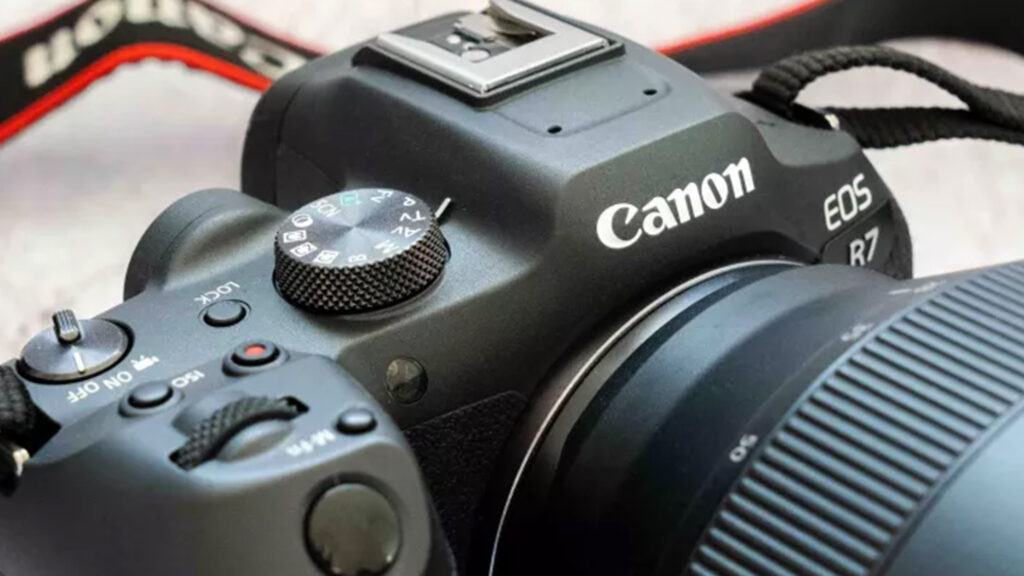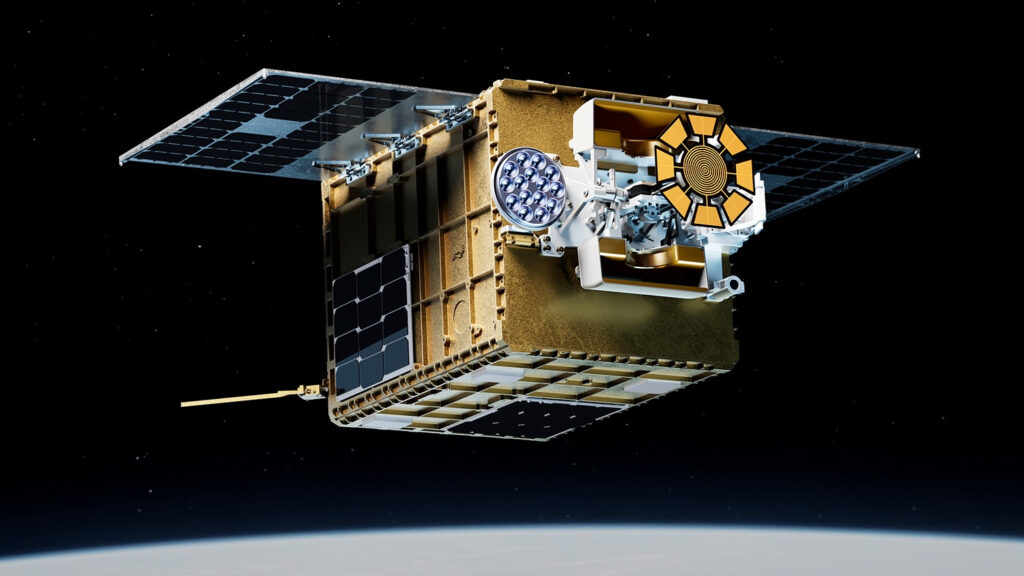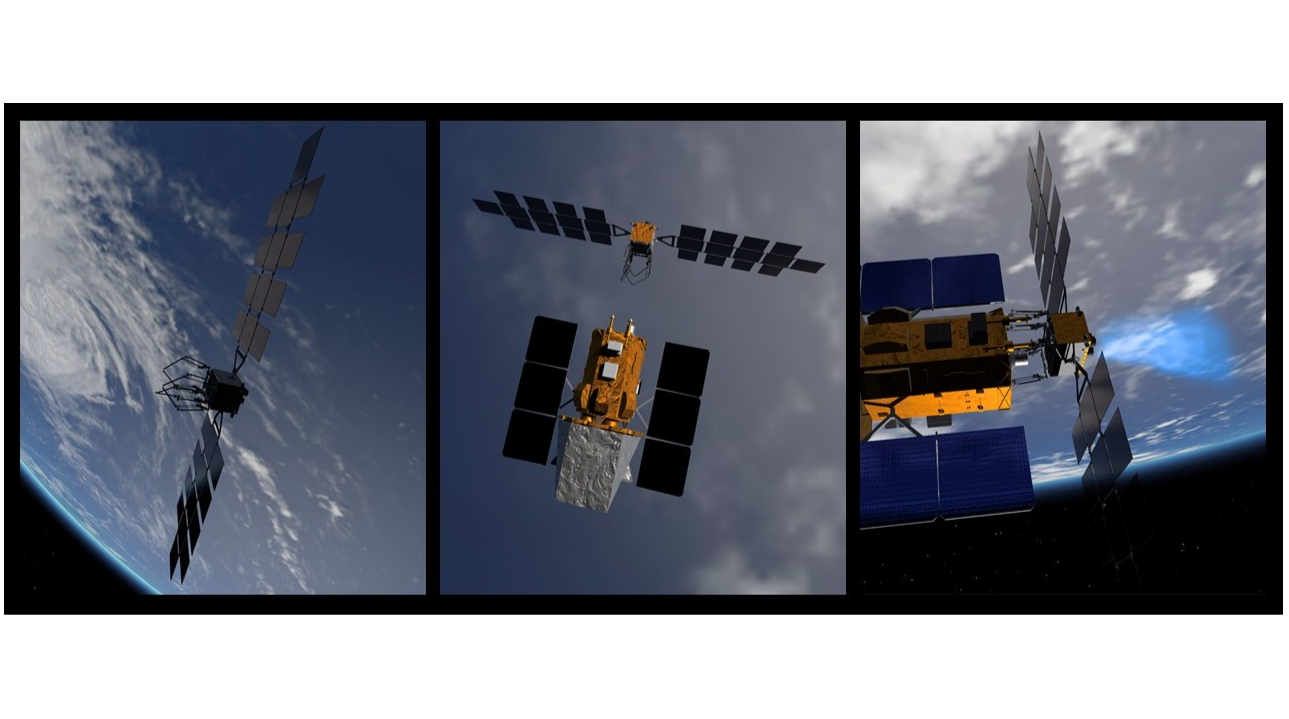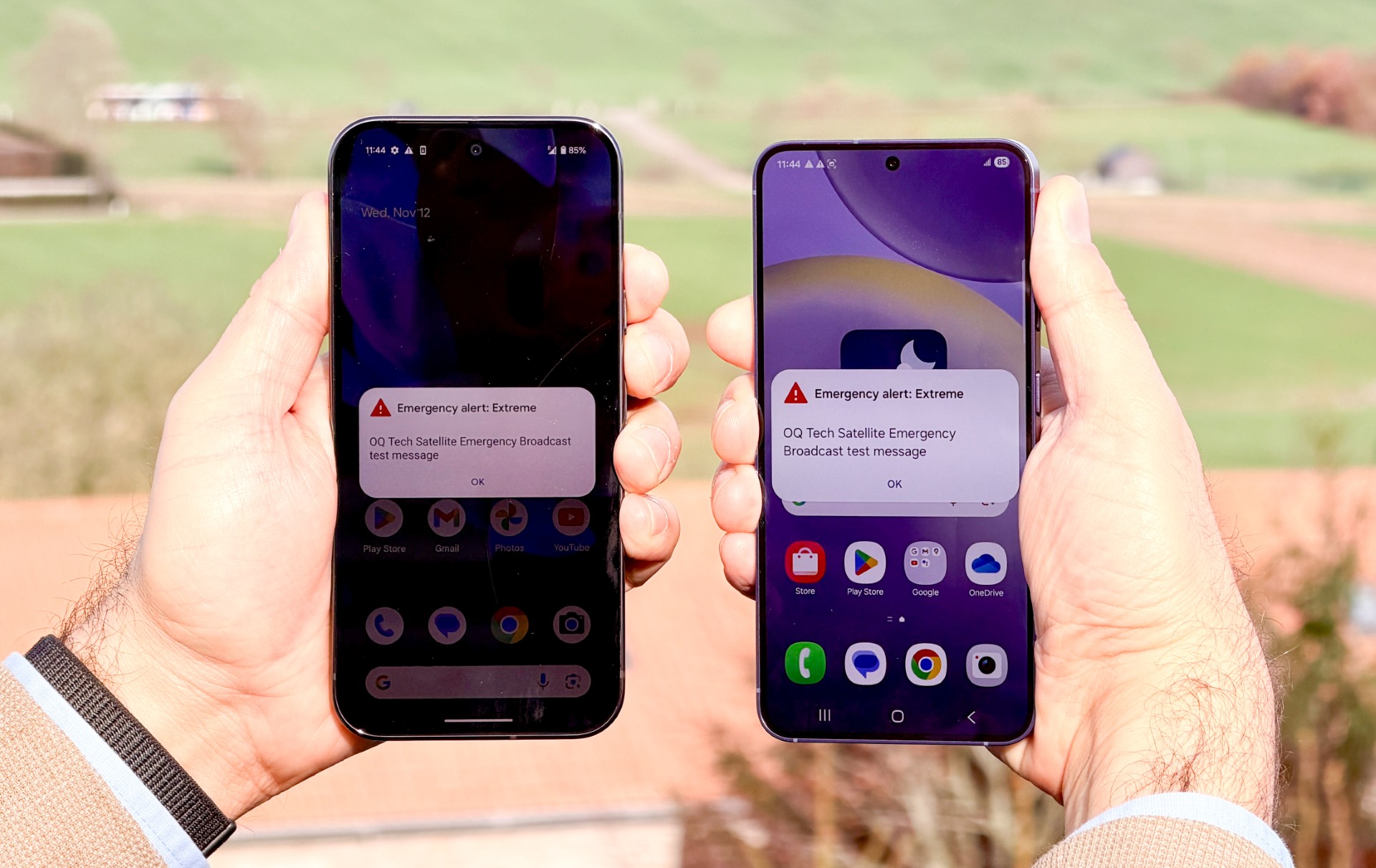Now Reading: Comet C/2025 K1 (ATLAS) breaks apart in incredible telescope photos
-
01
Comet C/2025 K1 (ATLAS) breaks apart in incredible telescope photos
Comet C/2025 K1 (ATLAS) breaks apart in incredible telescope photos
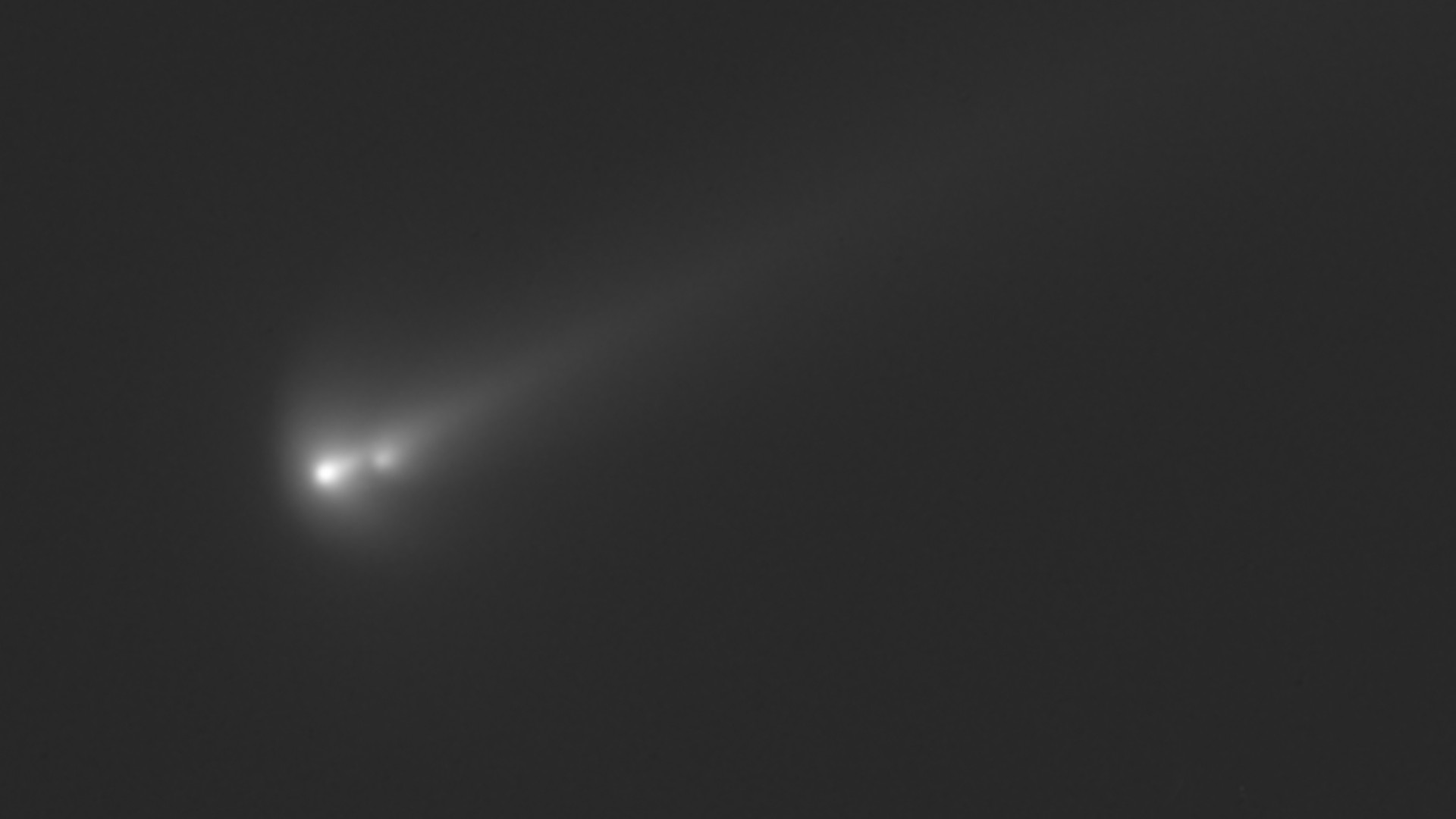
A comet discovered earlier this year continues to break apart after its close brush with the sun this month.
Astronomer Gianluca Masi of the Virtual Telescope Project captured breathtaking imagery of solar system comet C/2025 K1 (ATLAS) as its central icy core, or nucleus, appears to have broken into multiple pieces after being warmed by the sun. The comet made its closest approach to the sun on Oct. 8, and astronomers captured images following the solar flyby that appear to show it dramatically breaking apart.
Masi captured the images over the past week using a Celestron C14 Schmidt-Cassegrain telescope on a Paramount ME robotic mount, with a SBIG ST-10XME CCD self-guiding camera. The images consist of seven different 60-second exposures captured without any filters.
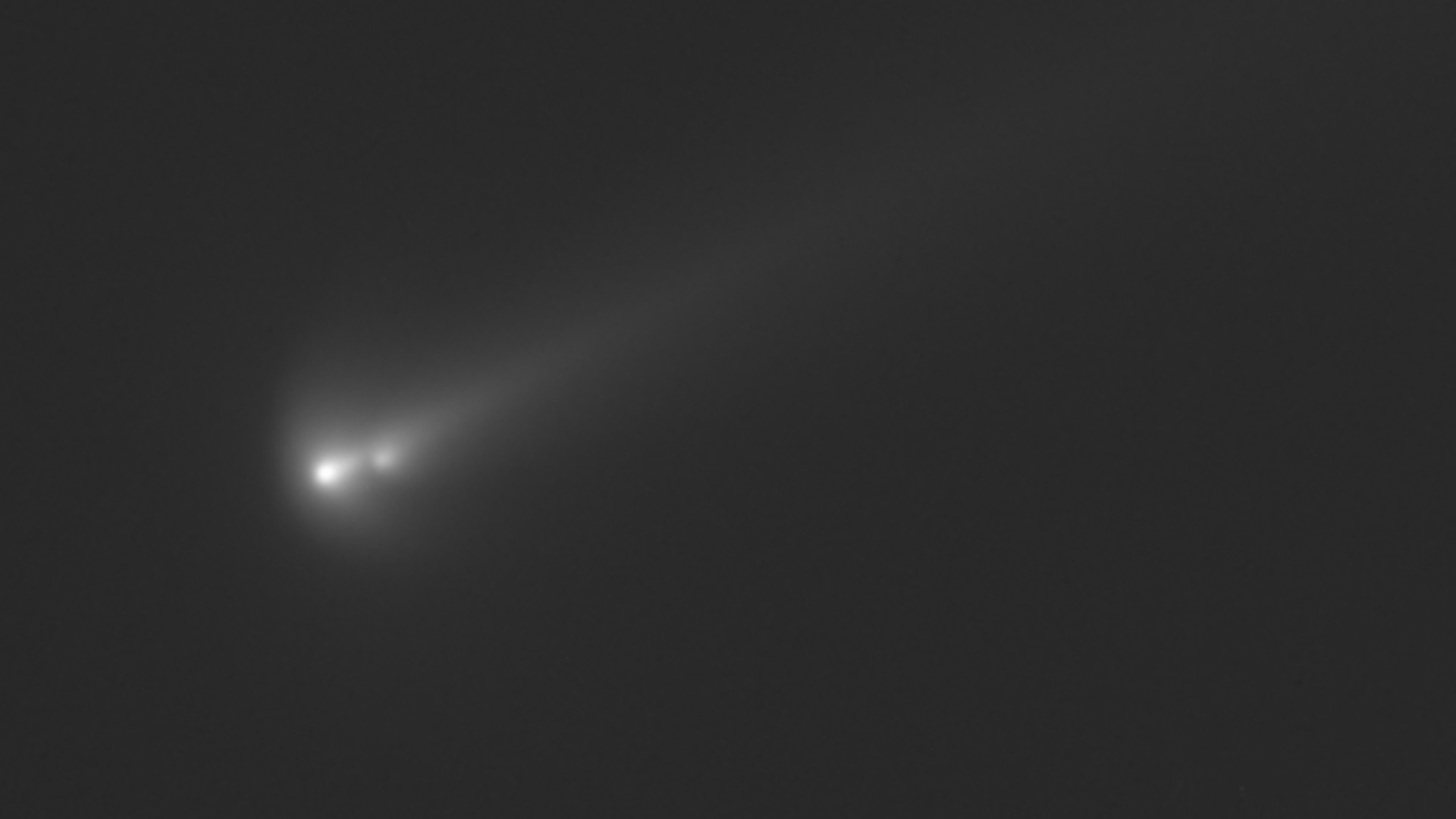
He made those exposures on five separate nights between Nov. 11 and 18 Nov. 18, and stacked them together to make an animation that depicts the motion of the fragments relative to one another:

Based on one of the images, Masi suspects the comet may have actually broken into a fourth fragment.
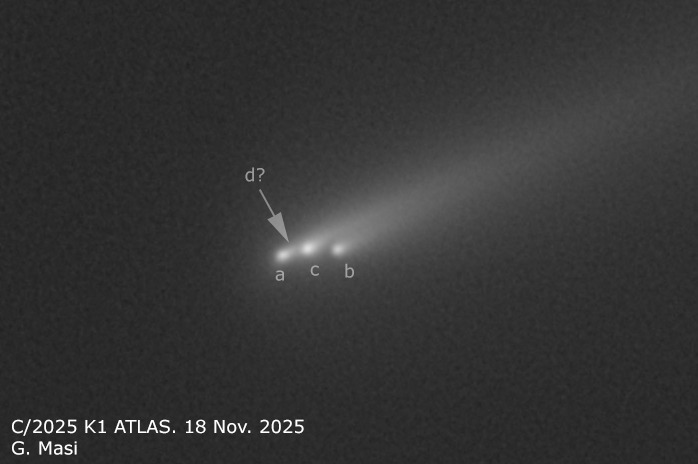
Astronomers at the Asiago Observatory in Italy captured the comet on Nov. 11 with the 1.82-meter Copernicus telescope, which appeared to reveal that, at that point, the comet had broken into two distinct fragments separated by about 1,200 miles (2,000 kilometers).
But even then, astronomers suspected “the presence of a third, smaller and fainter fragment to the left of the pair,” Mazzotta Epifani wrote in a statement published to the Italian National Institute for Astrophysics website (translation by Google).

Like many comets, C/2025 K1 (ATLAS) is believed to have come from the Oort cloud, a distant spherical bubble of small icy bodies that surrounds our solar system at the farthest reaches of our sun’s neighborhood. Many long-period comets (those that only rarely pass through the inner solar system) originate from the Oort cloud, which is thought to contain billions of small icy objects like comets (though some Oort cloud bodies are so large they qualify as dwarf planets).
Want to see these visitors from the outer solar system for yourself? Skywatchers hoping to capture their own views of distant solar system comets should check out our roundups of the best smart telescopes, cameras and lenses for astrophotography, along with our guide on how to view and photograph comets.
Editor’s Note: If you would like to share your comet photos with Space.com’s readers, then please send your photo(s), comments, and your name and location to spacephotos@space.com.
Stay Informed With the Latest & Most Important News
Previous Post
Next Post
-
 012024 in Review: Highlights from NASA in Silicon Valley
012024 in Review: Highlights from NASA in Silicon Valley -
 02Panasonic Leica Summilux DG 15mm f/1.7 ASPH review
02Panasonic Leica Summilux DG 15mm f/1.7 ASPH review -
 03From Polymerization-Enabled Folding and Assembly to Chemical Evolution: Key Processes for Emergence of Functional Polymers in the Origin of Life
03From Polymerization-Enabled Folding and Assembly to Chemical Evolution: Key Processes for Emergence of Functional Polymers in the Origin of Life -
 04How New NASA, India Earth Satellite NISAR Will See Earth
04How New NASA, India Earth Satellite NISAR Will See Earth -
 05And Thus Begins A New Year For Life On Earth
05And Thus Begins A New Year For Life On Earth -
 06Astronomy Activation Ambassadors: A New Era
06Astronomy Activation Ambassadors: A New Era -
07SpaceX launch surge helps set new global launch record in 2024













